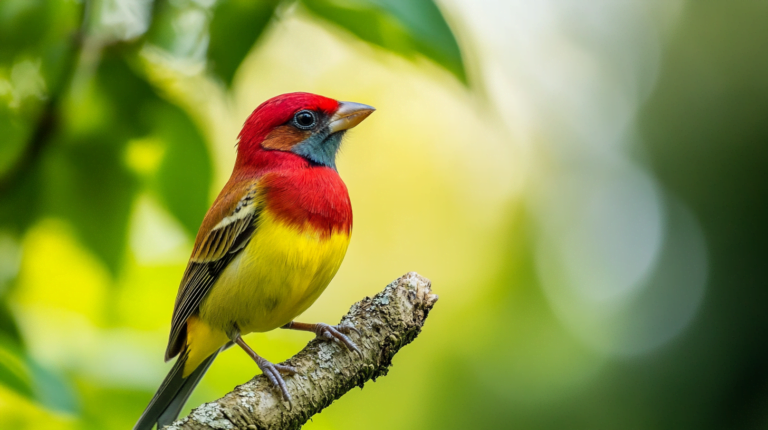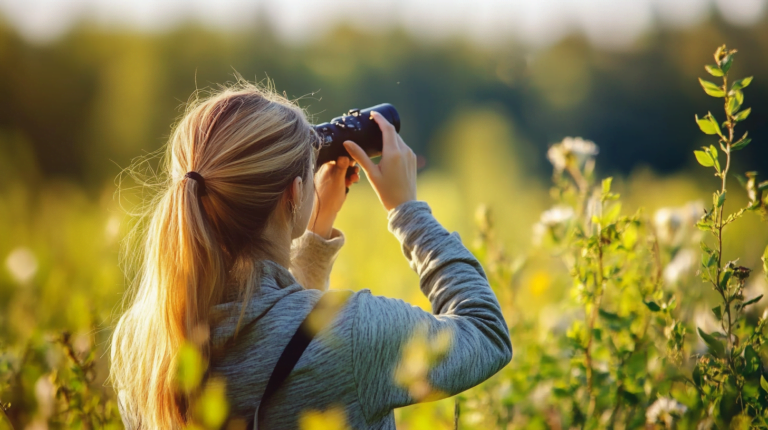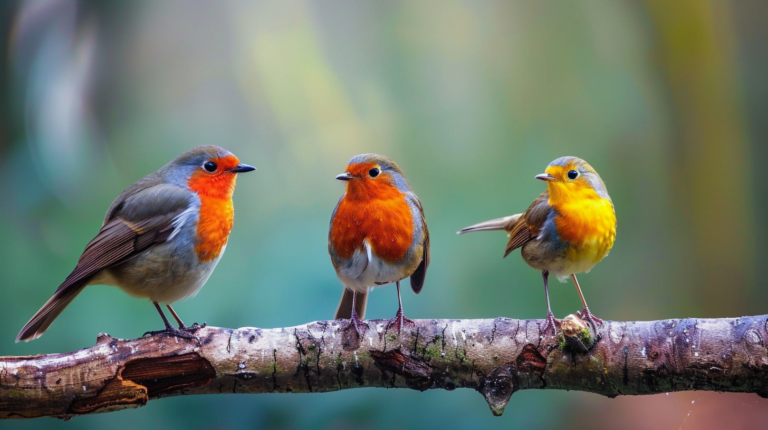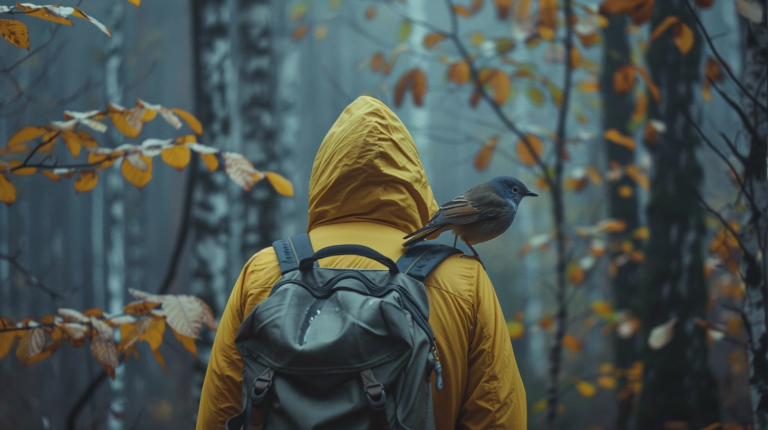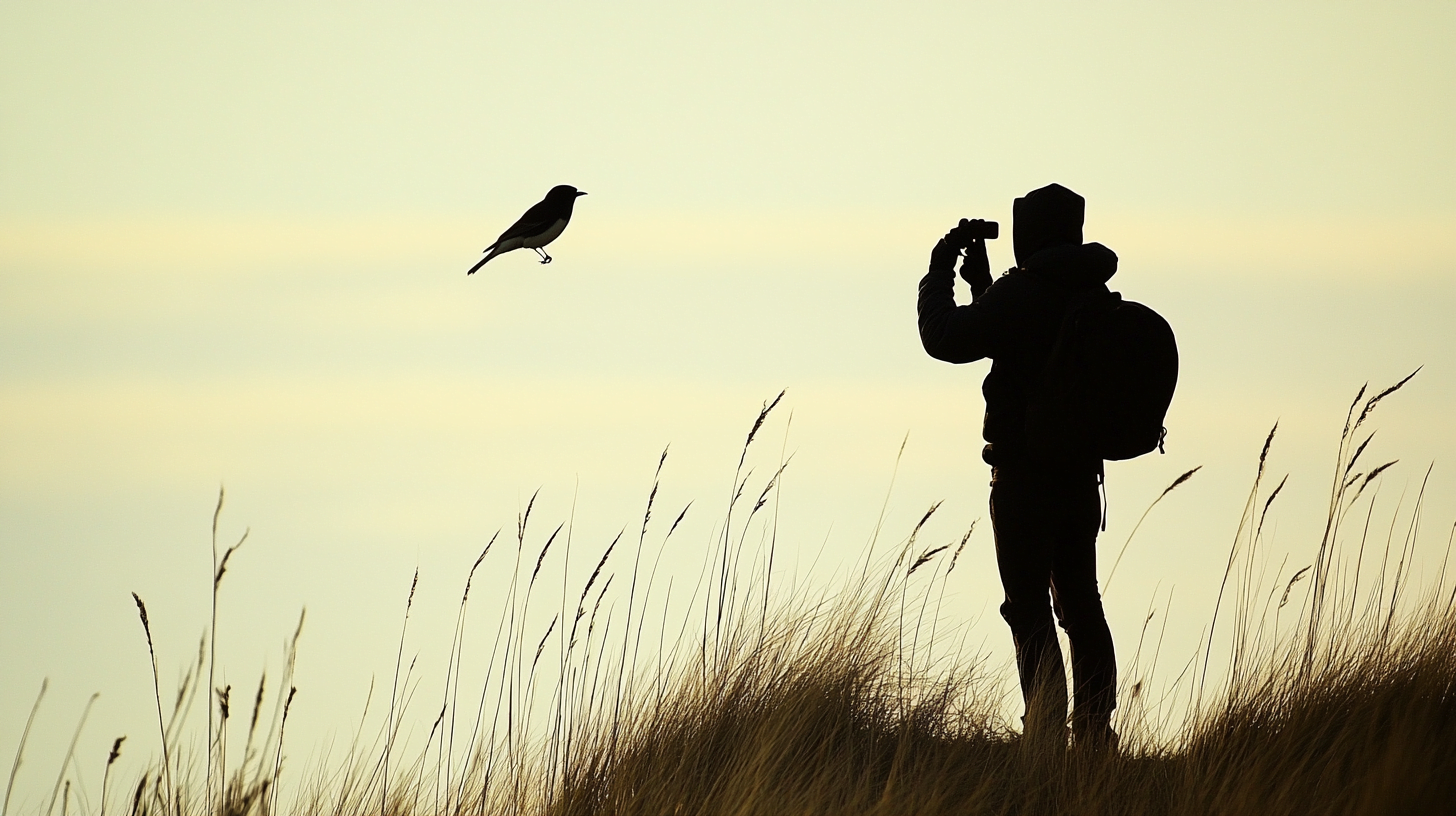
Table of Contents
Bird watching, or birding, is a fascinating hobby that connects you with nature and offers endless opportunities for discovery. Whether you’re a beginner or an experienced birder, knowing what you need to get started or enhance your bird watching experience is crucial. This comprehensive guide will walk you through the essential equipment, additional gear for comfort and safety, tips for finding and identifying birds, and resources to help you on your birding journey.
Essential Equipment for Bird Watching
Binoculars
Binoculars are arguably the most important tool for any bird watcher. They allow you to observe birds from a distance without disturbing them. When choosing binoculars, consider the following features:
- Magnification and Lens Diameter: A common recommendation is 8×42, where 8x is the magnification and 42mm is the lens diameter. This combination offers a good balance between magnification and light-gathering ability.
- Weight and Size: Lightweight binoculars are easier to carry during long birding sessions. Compact models are also convenient for travel.
- Field of View: A wider field of view helps you spot birds more easily, especially in dense foliage.
Recommended Models:
- For Beginners: Nikon Prostaff 3S 8×42
- For Advanced Birders: Vortex Viper HD 8×42
Field Guides and Apps
Field guides are essential for identifying birds. They provide detailed descriptions, illustrations, and range maps. Some popular field guides include:
- National Geographic Field Guide to the Birds of North America
- The Sibley Guide to Birds
In addition to physical guides, bird identification apps can be incredibly useful. Apps like Merlin Bird ID and Audubon Bird Guide offer features such as photo recognition and bird call identification.
Notebooks and Journals
Keeping a birding journal helps you track your sightings and improve your identification skills. You can note the date, location, weather conditions, and behavior of the birds you observe. Digital journals, like those offered by the eBird app, are also a great option.
Cameras and Spotting Scopes
While not essential for beginners, cameras and spotting scopes can enhance your bird watching experience. Cameras allow you to capture images for later identification, while spotting scopes provide higher magnification for distant birds.
Recommended Models:
- Cameras: Canon EOS Rebel T7
- Spotting Scopes: Celestron Ultima 80
Additional Gear for Comfort and Safety
Clothing and Footwear
Wearing the right clothing can make your bird watching experience more enjoyable. Here are some tips:
- Weather-Appropriate Clothing: Dress in layers to adapt to changing weather conditions. Waterproof jackets and hats are essential for rainy days.
- Footwear: Choose sturdy, comfortable shoes or boots suitable for the terrain you’ll be exploring.
Backpacks and Harnesses
A good backpack can help you carry your gear comfortably. Look for features like padded straps, multiple compartments, and water resistance. Binocular and camera harnesses can distribute weight evenly and reduce strain on your neck and shoulders.
Safety Gear
Safety should always be a priority. Here are some essential items to carry:
- Sunscreen: Protect your skin from harmful UV rays.
- Insect Repellent: Keep bugs at bay, especially in wooded areas.
- First-Aid Kit: Be prepared for minor injuries.
Finding and Identifying Birds
Choosing Bird Watching Locations
The best bird watching locations vary by region and season. Here are some tips for finding great spots:
- Habitats: Wetlands, forests, and grasslands are rich in bird diversity.
- Local Hotspots: Check local birding websites or apps like eBird to find popular birding locations near you.
- Seasonal Considerations: Migration seasons in spring and fall offer opportunities to see a variety of species.
Understanding Bird Behavior
Observing bird behavior can aid in identification. Look for:
- Feeding Habits: Different species have unique feeding behaviors.
- Flight Patterns: The way a bird flies can help you identify it.
- Social Behavior: Some birds are solitary, while others are often seen in flocks.
Learning Bird Calls and Songs
Bird calls are a key aspect of bird identification. Resources like the Cornell Lab of Ornithology offer extensive audio libraries to help you learn bird calls. Apps like BirdNET can also identify bird songs in real-time.
Tips for Beginner Bird Watchers
Starting in Your Backyard
Your backyard is a great place to start bird watching. Set up bird feeders and water sources to attract birds. Common backyard birds include:
- American Robin
- Northern Cardinal
- House Sparrow
Joining Bird Watching Groups
Joining a local birding club can enhance your experience. You’ll meet experienced birders who can offer tips and share their knowledge. Websites like Meetup can help you find bird watching groups in your area.
Patience and Practice
Bird watching requires patience and practice. Spend time observing birds regularly, and you’ll gradually improve your identification skills. Remember, it’s not just about seeing rare birds but enjoying the process.
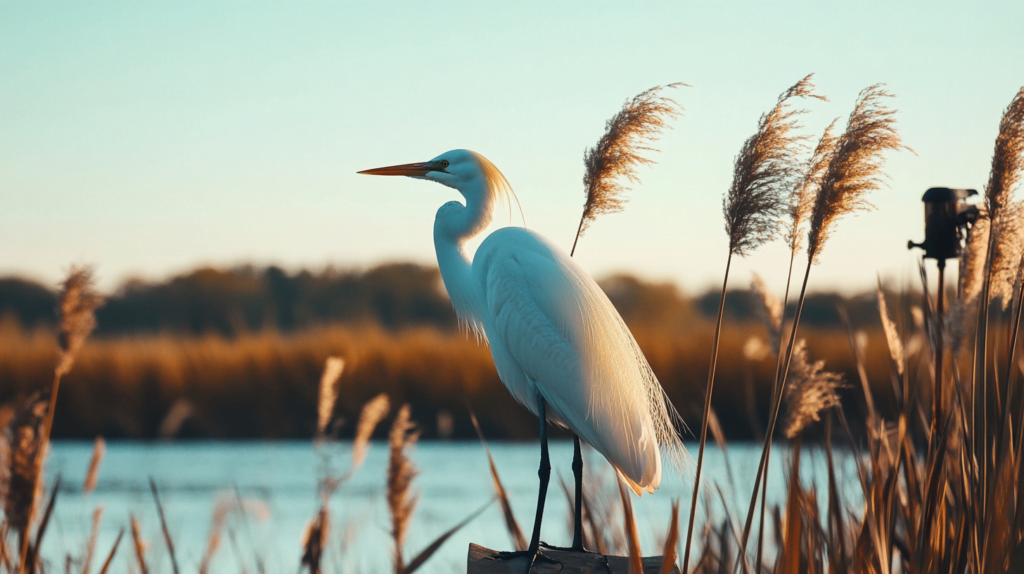
Online and Community Resources
Online Birding Communities
Online forums and social media groups are great places to connect with other bird watchers. Popular platforms include:
- BirdForum
- Reddit’s r/birding
Educational Courses and Workshops
Many organizations offer online courses and local workshops. The Cornell Lab of Ornithology provides excellent online courses on bird identification and behavior.
Keeping Records and Contributing to Citizen Science
Birding Apps for Record Keeping
Apps like eBird allow you to track your sightings and contribute to a global database. This data helps scientists study bird populations and migration patterns.
Participating in Citizen Science Projects
Citizen science projects like the Great Backyard Bird Count and Christmas Bird Count offer opportunities to contribute to bird conservation efforts. Participating in these projects can be rewarding and educational.
Conclusion
Bird watching is a rewarding hobby that offers endless opportunities for discovery and connection with nature. By equipping yourself with the right tools and knowledge, you can enhance your birding experience and contribute to bird conservation efforts. So grab your binoculars, head outside, and start exploring the wonderful world of birds!
